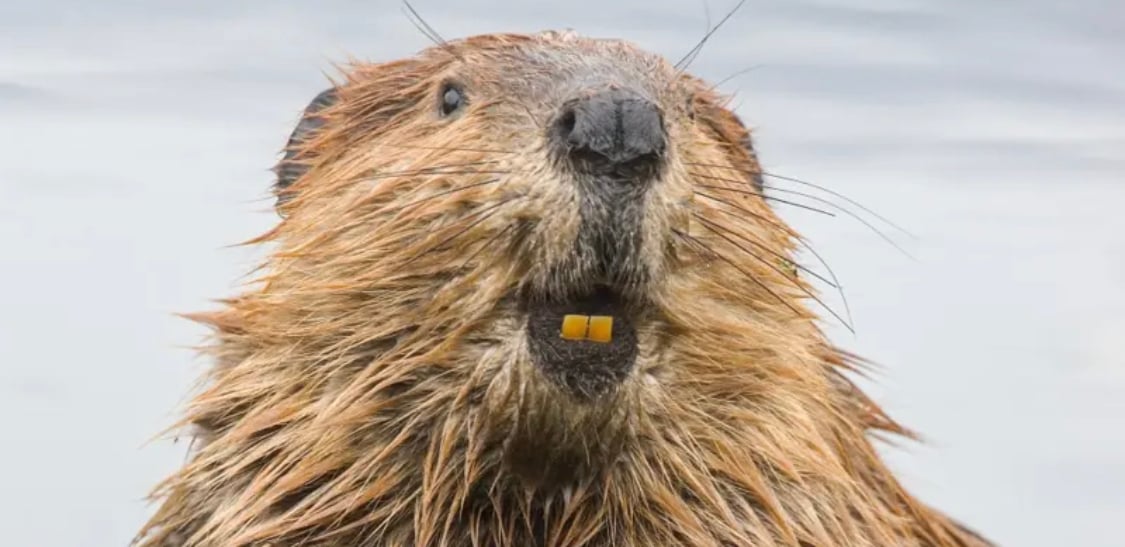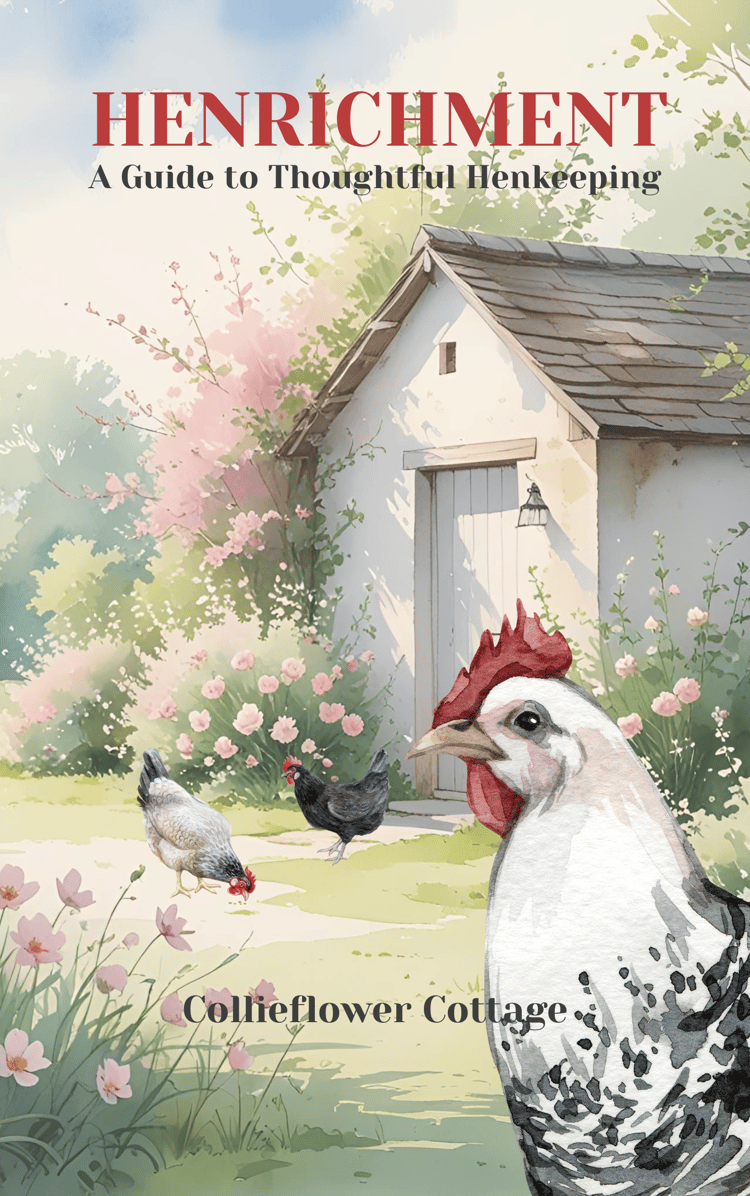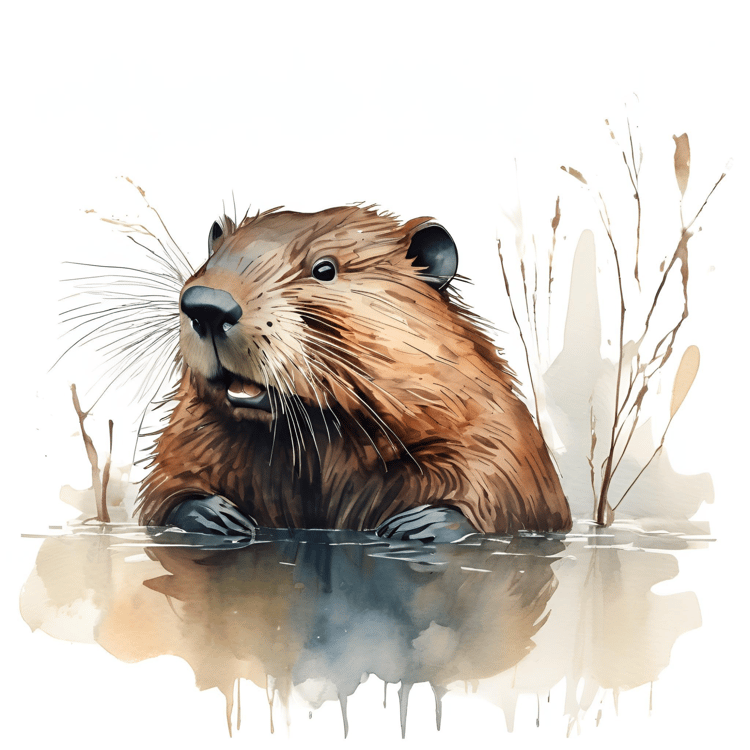If you wander along a slow-moving stream as dusk softens the sky, you might catch a flicker—a ripple where the surface should be smooth, or the faint, rhythmic thump of a tail breaking the glassy water. Lean in closer, and the landscape reveals its secrets: trees marked by sharp, deliberate teeth; dams woven from slender willow branches and packed earth; tranquil pools reflecting the deepening twilight, alive with darting insects and the call of hidden birds. These are the subtle signatures left behind by one of nature’s most meticulous builders—the Eurasian beaver.
For centuries, the British countryside echoed with the sounds of their industry. Beavers once thrived in our wetlands and rivers, shaping the land with their instinctive brilliance. Their dams slowed fast-flowing streams, prevented erosion, and created the kind of rich, tangled web of native wetland habitats that support countless other species — from dragonflies and otters to marsh orchids and warblers. And yet, by the 16th century, beavers had vanished from our landscape, hunted relentlessly for their fur, meat, and castoreum.
Now, after hundreds of years, they’re beginning to return.
Scotland was the first UK nation to bring them back, with beavers officially recognised as a native species again in 2016 following a successful reintroduction in Knapdale Forest and a flourishing unofficial population in Tayside. In England and Wales, a growing number of licensed projects have followed, from the River Otter in Devon to the lowlands of Kent and Yorkshire. The animals are expanding naturally too, escaping enclosures and quietly establishing territories in places they haven’t been seen for centuries.
Now, after hundreds of years of absence, beavers are beginning to return to the the River Beauly in a landmark conservation effort. Forestry and Land Scotland (FLS) will oversee the release of up to four beaver families in Glen Affric National Nature Reserve, while two additional families will be introduced on land managed by the Abriachan Forest Trust near Loch Ness. This carefully planned release follows months of delays and consultations, balancing ecological restoration goals with the concerns of local communities and landowners. The decision marks a significant milestone in Scotland’s commitment to rewilding, as these industrious animals begin to reshape waterways, create wetlands, and enhance biodiversity across these iconic Highland landscapes.
Yet not everyone welcomes them.
To some, beavers are little more than oversized rodents that fell trees and flood farmland. Headlines often focus on conflict, on the trees they cut down, or the fields they inadvertently flood. But look closer, and a richer, more complex picture emerges.
Beavers are not vandals; they are restorers. Where they settle, they breathe life back into tired riverscapes. Their ponds filter pollutants and store water during droughts. Their dams raise water tables, rewetting parched land and creating natural firebreaks. And crucially, their engineering slows floodwaters — a benefit that could prove vital as Britain faces increasingly erratic weather linked to climate change.
Scientific studies back this up. Research by the University of Exeter found that beaver wetlands stored up to 20 times more water during storms and released it gradually, reducing downstream flood risk. In England, Natural England and the Environment Agency now support their managed reintroduction, recognising them as vital allies in tackling the climate and biodiversity crises.
Still, challenges remain. Although beavers are fully protected in Scotland, management measures allow for licensed control where they cause significant damage, particularly to forestry or infrastructure. This approach aims to balance conservation with landowner concerns, but it has sparked debate among conservationists who advocate for more proactive mitigation and relocation strategies to reduce conflict.
But attitudes are shifting. Public support is high, and many landowners have begun working with beavers, not against them — using fencing, culvert protectors, and flow devices to manage local impacts. As reintroductions continue, the challenge is no longer whether we can live alongside beavers, but how well we’re willing to try. When we allow them space, they transform landscapes not just for their own survival, but for a whole web of life. They are ecosystem engineers — rebuilding what we have broken. And in doing so, they reconnect us to a deeper, more enduring rhythm than the hard edges of modern land use.
To follow a beaver trail at dusk is to witness this quiet miracle unfold. It is neither a rewilding gimmick nor a nostalgia project, but a profound invitation—to slow down, to listen, and to watch as natural rhythms return to our waters. In their steady, patient way, beavers remind us that healing takes time, that life moves in cycles beyond our control, and that the gentle pulse of flowing rivers still holds the power to awaken life and carry hope downstream.
Our articles are free because we want as many people as possible to think about animal welfare. You can support our mission to provide sanctuary to more animals and tell more of their stories by visiting our store, sending a gift or sharing our articles on social media









Comments ()